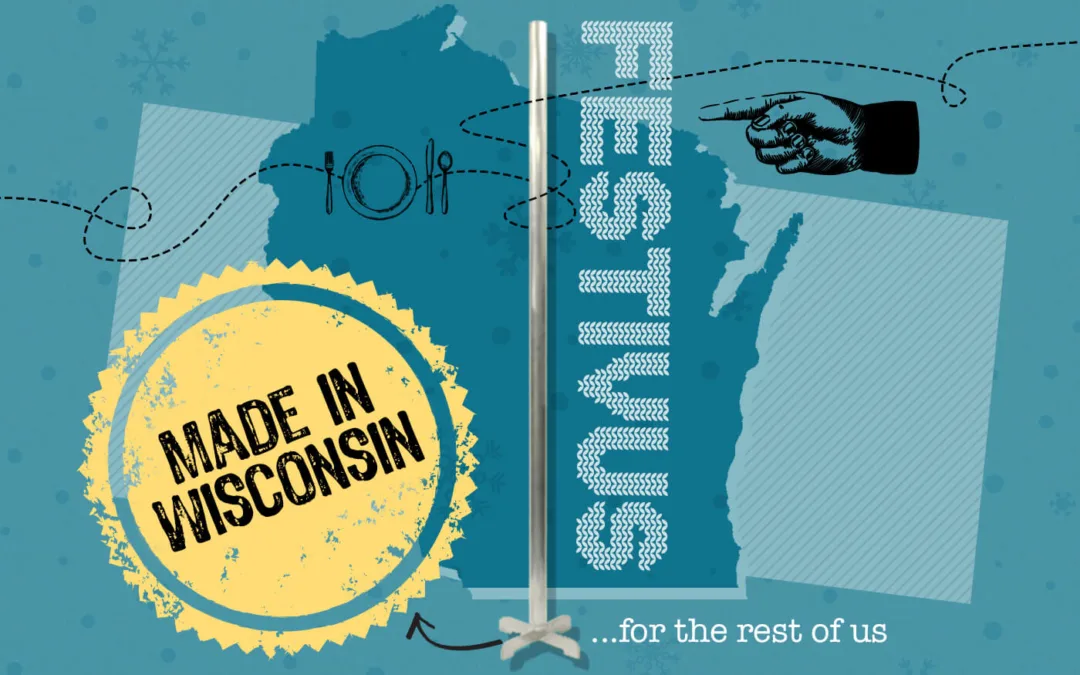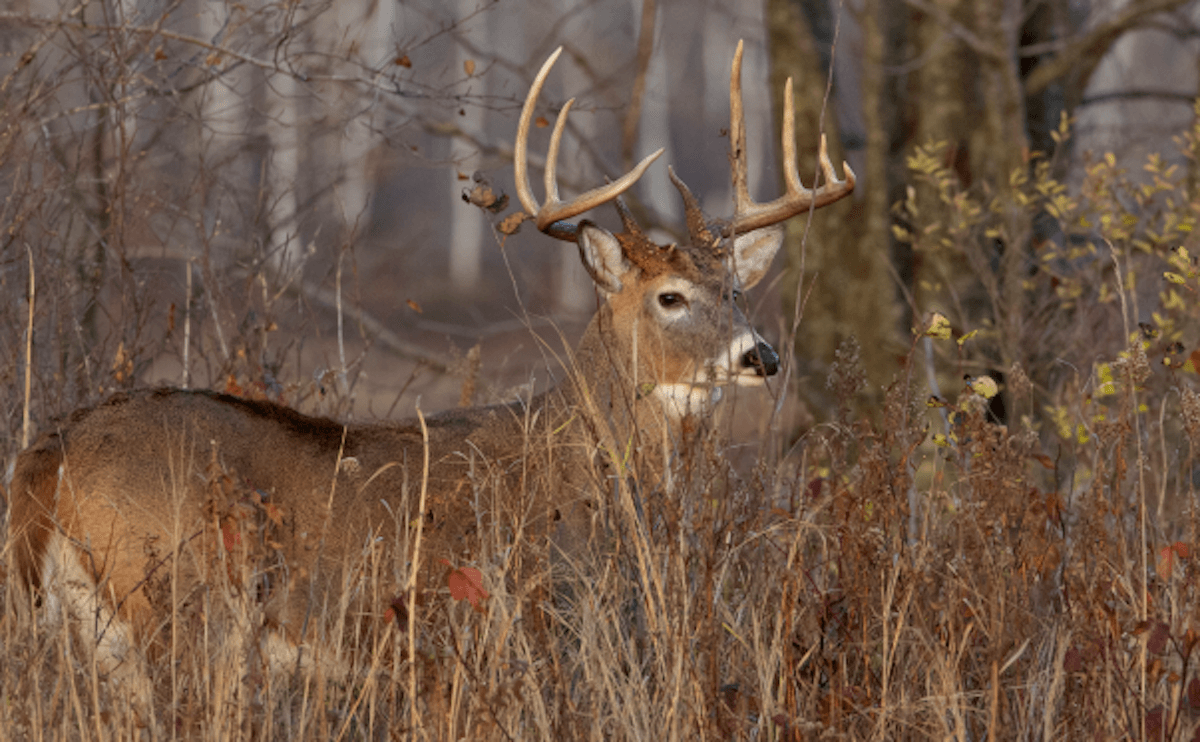
#image_title
#image_title
Thousands take off from work and school to hunt for their buck, a time-honored tradition that has seen its share of legends, tragedies, and new curveballs.
Wisconsin’s other November holiday ended Nov. 28 with the closure of the nine-day gun deer hunting season.
It’s an annual season deeply ingrained in Wisconsin culture and life. In fact, many Wisconsin families plan Thanksgiving around the hunting plans of their extended family. (And many “deer widows” plan events while the hunters are away.)
It’s a big moneymaker, too. The state Department of Natural Resources estimated the 550,000 people expected to buy licenses for the season would spend an estimated $2.1 million to shoot about 200,000 or so deer this year.
Here’s a look at some of the trends and traditions associated with the annual deer hunt.
Native Americans Were Wisconsin’s Original Hunters
Artifacts at the Wisconsin Historical Society, from deer hide scrapers to photos, show that deer hunting was important to many of Wisconsin’s original people.
In fact, treaties with the Lake Superior Ojibwe tribe guaranteed the tribe the right to hunt and fish on their historical lands. These rights were not respected, however, leading to incidents such as the 1894 killing of local Chief Joe White (Gishkitawag), who was stopped by a game warden in Washburn County for hunting deer out of season.
The warden clubbed White with a rifle then shot him, but was acquitted by an all-white jury. The tribe began asserting its off-reservation hunting and fishing rights in the 1980s after winning a federal lawsuit.
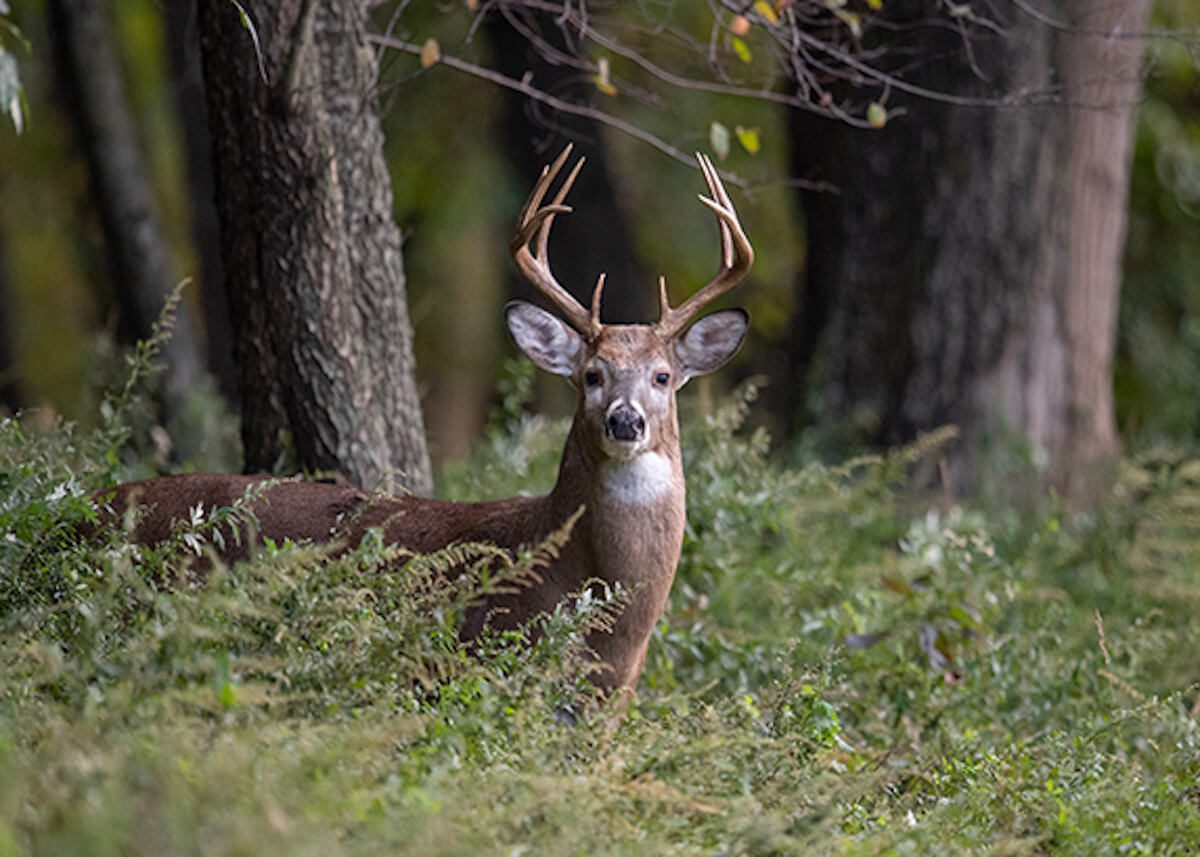
The Bittersweet Tale of Wisconsin’s Record Buck
Back in November 1914, a 22-year-old named James Jordan went out hunting near his home in Danbury in far northwestern Wisconsin. Those were lean years for the deer herd, but a train startled a herd of deer, and Jordan was able to shoot the largest buck.
After retrieving the animal from the icy Yellow River, Jordan was amazed by the size of the deer’s rack and decided to have it mounted by a taxidermist. That was the last Jordan would see of his deer for decades, as the taxidermist left town without a forwarding address. But in 1958, his nephew bought a huge deer rack at a garage sale for $3. On the back, it said it was killed in 1914.
They later learned that the taxidermist had lived in this house before moving to Florida. The nephew contacted Boone and Crockett, which scores bucks, and they certified that the buck was a world record at 206 ⅛-inches. It took years of a letter-writing campaign by family and friends for the deer to also be recognized as the James Jordan buck. That finally happened in 1978, two months after James Jordan’s death. The James Jordan buck held the title until a larger deer was killed in Canada in 1993.
“Deer Widows” Frolic During Deer Season, Too
From an antique store in Stevens Point that has a Deer Hunters Widows Weekend, to a “Doe’s Day-Spa” event in Appleton, people who don’t hunt also savor the season.
In Madison, the Brink Lounge has its annual Annual Deer Hunters’ Widows’ Ball with Moondance celebration. And there are deer widow wine tastings, sales, and craft classes everywhere.
Early Deer Hunters Nearly Wiped Out the Deer in Wisconsin
By the year 1900, whitetail deer had been wiped out in southern Wisconsin as well as most of the Midwest and East Coast. Deer were flourishing in northern Wisconsin, however, because the end of the Lumberjack era left behind lots of shrubs and new growth that the deer could eat.
In his book, “On the Hunt: The History of Deer Hunting in Wisconsin,” author Robert C. Willging tells how this led to hunters from all over the country taking trains to northern Wisconsin to hunt.
In 1907, the state’s chief warden reported that about 5,600 deer were transported by train. By 1910, the herd had dropped to record lows thanks to this “market hunting.” Strict conservation rules went into effect. Some years in the 1920s and ‘30s saw no hunting at all. 1950 was the first “any deer’’ gun hunting season since 1919.
Deer Hunting Peaks in Wisconsin in the Late 20th Century
Interest in deer hunting in Wisconsin peaked in 1990, when a record number of 699,275 people bought gun deer licenses. Back then, hunting was so widespread that factories closed during the season and the United Auto Workers negotiated contracts specifying a paid holiday for deer hunting.
The deer herd itself continued growing, topping out at a record kill of 528,494 in 2000. That year, 694,712 hunters bought gun hunting licenses. Those who hunted in 2000 had an astonishing 76% success rate, double the rate a few decades before.
The next year, chronic wasting disease was discovered in deer in western Dane County and the DNR began cutting the herd from its peak. Both the deer herd and the deer hunters who chase them continue to decline. Hunting columnist Patrick Durkin notes that Wisconsin saw an 18% drop in gun hunting licences in the first two decades of the millennium and Michigan fared worse, with hunting numbers dropping 34%. The Wisconsin gun deer total kill in 2020 was 188,712 deer, a far cry from the record 528,000.
White-Tailed Deer Have Virus That Causes COVID-19, Too
Hunters hoping to get away from the two-year pandemic will find the COVID virus has spread to the woods, too.
A study this year by the United States Department of Agriculture found that 33% of white-tailed deer in four states—Illinois, Michigan, New York, and Pennsylvania—had antibodies to SARS-CoV-2, which is the virus that causes COVID-19. None of the deer showed symptoms.
UW Health’s Dr. Jeffrey Pothof said hunters are much more likely to contract the virus from other hunters, and should take regular precautions when field dressing deer, such as hand washing.
Politics

What’s the difference between Eric Hovde and Sen. Tammy Baldwin on the issues?
The Democratic incumbent will point to specific accomplishments while the Republican challenger will outline general concerns he would address....
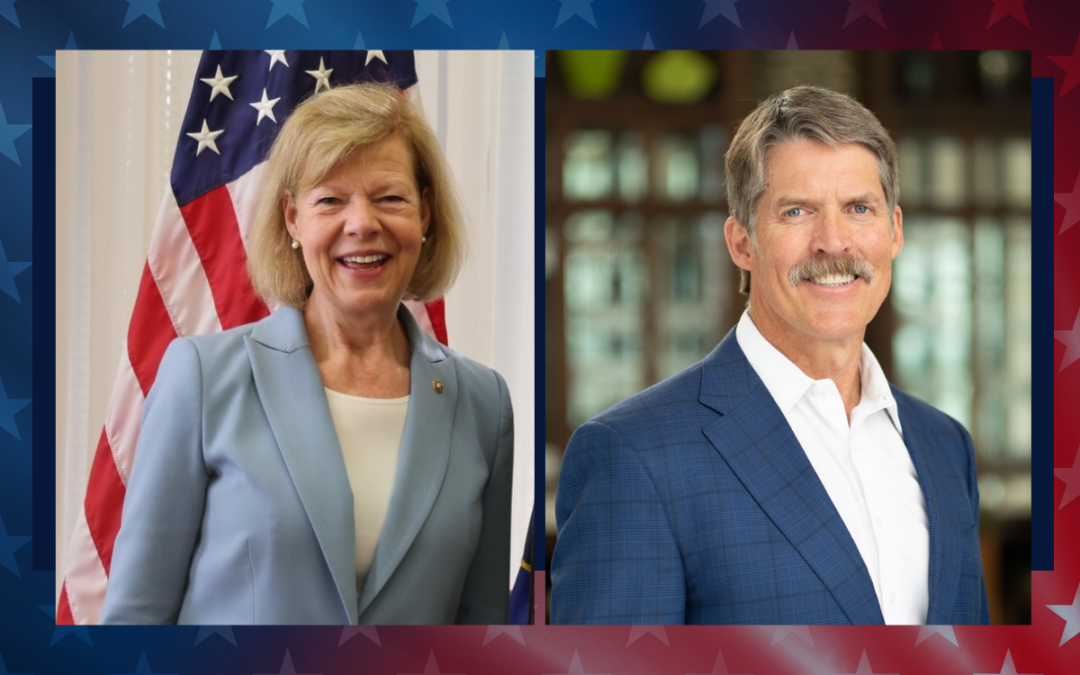
Who Is Tammy Baldwin?
Getting to know the contenders for this November’s US Senate election. [Editor’s Note: Part of a series that profiles the candidates and issues in...
Local News
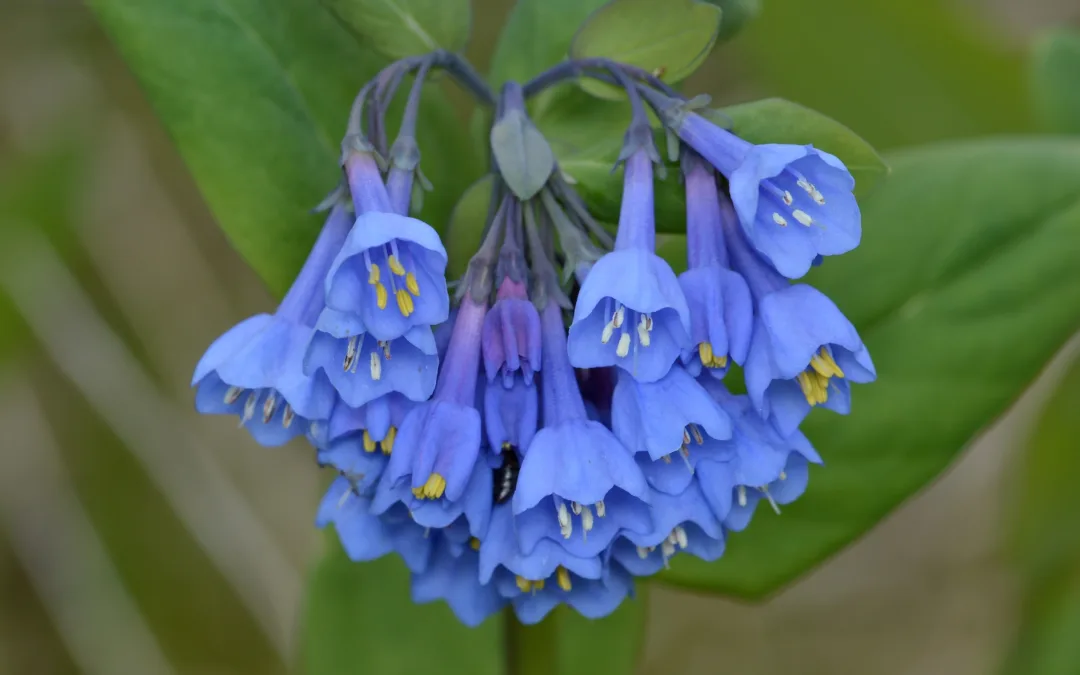
Stop and smell these native Wisconsin flowers this Earth Day
Spring has sprung — and here in Wisconsin, the signs are everywhere! From warmer weather and longer days to birds returning to your backyard trees....
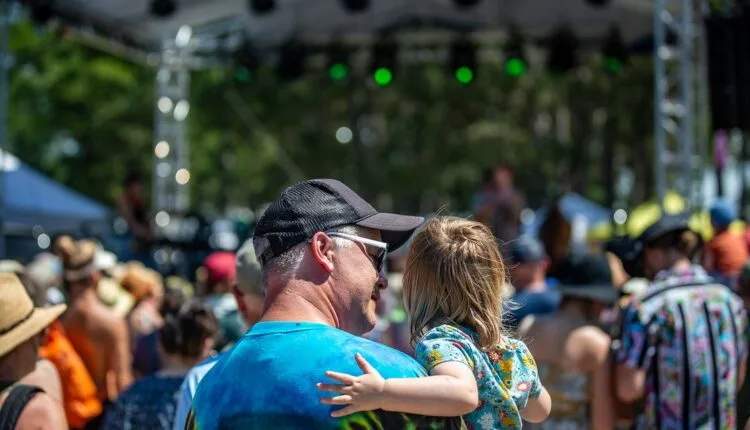
Your guide to the 2024 Blue Ox Music Festival in Eau Claire
Eau Claire and art go hand in hand. The city is home to a multitude of sculptures, murals, and music events — including several annual showcases,...




